Home>Furniture>Outdoor Furniture>How To Get Algae Off A Patio
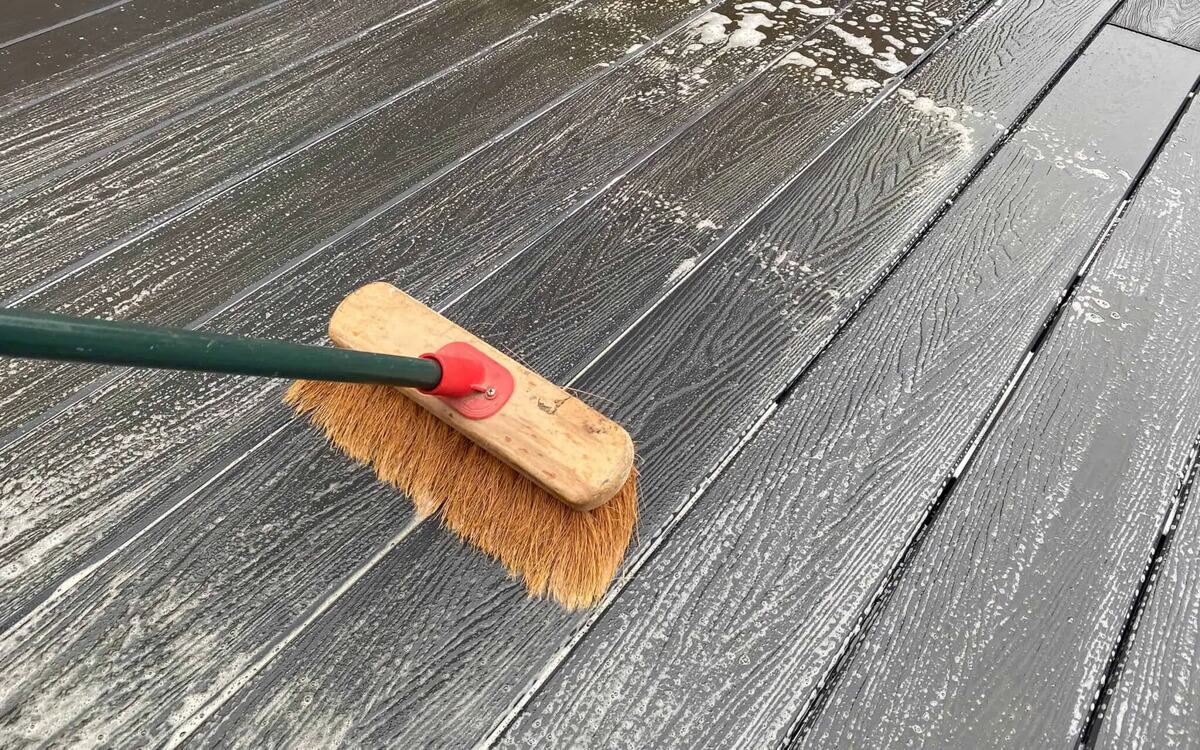

Outdoor Furniture
How To Get Algae Off A Patio
Modified: March 7, 2024
Remove algae from your outdoor furniture with these easy tips and tricks. Get your patio looking clean and fresh again!
(Many of the links in this article redirect to a specific reviewed product. Your purchase of these products through affiliate links helps to generate commission for Storables.com, at no extra cost. Learn more)
Introduction
Having a beautiful patio is a dream for many homeowners. It’s a space where you can relax, host gatherings, and enjoy the outdoors. However, one common issue that can arise is the growth of algae on the patio surface. Not only is algae unsightly, but it can also become slippery and pose a safety hazard.
Understanding the causes of algae growth on patios and knowing how to effectively remove it is crucial in maintaining a clean and safe outdoor space. In this article, we will explore various methods of removing algae from your patio and preventing its regrowth.
Before we delve into the solutions, let’s take a closer look at why algae tends to grow on patios in the first place.
Key Takeaways:
- Say goodbye to patio algae by using natural solutions like vinegar, baking soda, or oxygen bleach. Regular cleaning, sunlight exposure, and moisture control can also prevent algae growth, keeping your patio safe and inviting.
- Keep your patio algae-free by using natural solutions and preventive measures. Regular cleaning, sunlight exposure, moisture control, and algae-resistant sealants can help maintain a clean and safe outdoor space for relaxation and gatherings.
Read more: How To Clean Algae Off A Brick Patio
Understanding Algae Growth on Patios
Algae, a type of simple plant organism, thrives in moist and shady environments. When it comes to patios, algae growth is often triggered by a combination of factors including moisture, lack of sunlight, and organic debris.
Excessive moisture, such as rainwater or sprinkler runoff, can accumulate on the patio surface and create the perfect breeding ground for algae. Additionally, shaded areas with limited exposure to sunlight provide the ideal conditions for algae to flourish.
Organic debris, such as fallen leaves or plant matter, can also contribute to algae growth. These materials decompose over time, releasing nutrients that algae feed on. The porous nature of many patio surfaces allows organic matter to sink into the crevices, providing a nutrient-rich environment for algae to thrive.
It’s important to note that algae growth is not limited to a specific patio material. Whether you have a concrete, stone, or wood patio, algae can still take hold if the conditions are favorable.
Now that we understand the factors that contribute to algae growth, let’s explore the tools and materials you will need to effectively remove algae from your patio.
Tools and Materials Needed
Before you begin the process of removing algae from your patio, it’s important to gather the necessary tools and materials. Here are the items you’ll need:
- Stiff brush: A stiff-bristled brush will be your main tool for physically scrubbing away the algae. Look for a brush specifically designed for outdoor surfaces.
- Garden hose: To help wash away the loosened algae and debris, a garden hose with a spray nozzle attachment is essential.
- Bucket: Fill a bucket with water to dilute any cleaning solutions or for rinsing the patio surface.
- Natural cleaning solution: If you prefer to use environmentally-friendly methods, consider using a natural cleaning solution like a mixture of vinegar and water, or a specialized algae-removing agent.
- Chemical cleaner: For more stubborn algae growth, you may need to use a chemical cleaner. Choose a product that is suitable for your patio material and follow the manufacturer’s instructions carefully.
- Protective gear: It’s important to wear protective gear, such as gloves and goggles, when handling cleaning solutions or chemical cleaners.
- Safety equipment: Depending on the size and height of your patio, you may need a ladder or safety harness to ensure your personal safety while working.
Once you have gathered these tools and materials, you’ll be ready to prepare the patio surface for algae removal. Continue reading to learn more about the necessary steps to take.
Preparing the Patio
Before you start removing algae from your patio, it’s crucial to properly prepare the surface. This will ensure that the cleaning process is more effective and minimize the risk of damage to the patio material. Follow these steps to prepare your patio:
- Clear the patio: Remove any furniture, plants, or other items from the patio surface. This will give you a clear space to work and prevent any obstruction during the cleaning process.
- Sweep or brush off loose debris: Use a broom or brush to sweep away any loose dirt, leaves, or debris from the patio surface. This will prevent these materials from getting mired in the algae and making the cleaning process more difficult.
- Rinse the patio: Use a garden hose to rinse the patio surface thoroughly. This will remove any surface-level dirt or loose particles, preparing the area for the algae removal process.
- Protect nearby plants: If you have plants or flower beds near the patio, consider covering them with plastic sheeting or a tarp to protect them from any cleaning solutions or chemical cleaners that may come into contact with them.
By following these steps, you will ensure that your patio is ready for the algae removal process. Next, we will explore the different methods for removing algae, including natural solutions and chemical cleaners.
Removing Algae Using Natural Solutions
If you prefer to use environmentally-friendly methods, there are several natural solutions you can try to remove algae from your patio. Here are some effective options:
Read more: How To Get Moss Off A Patio
1. Vinegar and Water
Vinegar is a versatile household ingredient known for its cleaning properties. To create a natural algae remover, mix equal parts vinegar and water in a bucket. Dip a stiff brush into the solution and scrub the algae-affected areas of your patio. Allow the solution to sit for a few minutes before rinsing it off with a garden hose. Repeat as necessary until the algae is completely removed.
2. Baking Soda and Water
Baking soda is another natural cleaning agent that can help tackle algae growth on your patio. Create a paste by mixing baking soda with water to form a thick consistency. Apply the paste directly to the algae spots and let it sit for about 15 minutes. Scrub the area with a stiff brush, then rinse it off with water. This method is particularly effective for smaller, localized areas of algae growth.
3. Oxygen Bleach
Oxygen bleach, unlike chlorine bleach, is eco-friendly and safe to use on outdoor surfaces. Mix oxygen bleach with water following the manufacturer’s instructions. Apply the solution to the algae-affected areas and let it sit for 15-20 minutes. Scrub the surface with a stiff brush to remove the algae, then rinse thoroughly. Oxygen bleach is a powerful cleaner that can effectively eliminate algae stains and prevent regrowth.
4. Commercial Algae Removers
If the natural solutions mentioned above do not yield satisfactory results, you can opt for specialized algae removers available in the market. These products are formulated to target and remove algae effectively. Always follow the instructions provided by the manufacturer and take necessary precautions when using chemical cleaning solutions.
By using these natural solutions, you can effectively remove algae from your patio without harming the environment or risking damage to your patio surface. However, in more stubborn cases of algae growth, you may need to resort to using chemical cleaners. We will discuss this method in the next section.
Read more: How To Get Rust Off Patio
Removing Algae Using Chemical Cleaners
In cases where natural solutions are not effective or the algae growth is particularly stubborn, chemical cleaners can be used to remove algae from your patio. Here are some steps to follow:
1. Choose the Right Cleaner
Select a chemical cleaner that is safe for use on your specific patio material. Different types of cleaners are available for concrete, stone, and wood surfaces. It’s important to read and follow the manufacturer’s instructions carefully to ensure effective and safe use.
2. Dilute the Cleaner
If the chemical cleaner needs to be diluted, follow the instructions on the packaging to achieve the correct dilution ratio. Always wear protective gloves and goggles while handling the cleaner, as it can be harmful if it comes in contact with your skin or eyes.
3. Apply the Cleaner
Using a pump sprayer or a brush, apply the diluted chemical cleaner to the algae-infested areas of your patio. Make sure to cover the affected areas evenly. Allow the cleaner to sit on the surface for the recommended amount of time specified on the packaging.
Read more: How To Prevent Green Algae On A Patio
4. Scrub and Rinse
After the recommended duration, scrub the patio surface using a stiff brush. Scrub in a circular motion to loosen and remove the algae. Once the algae is loosened, thoroughly rinse the area with a garden hose, ensuring that all the chemical cleaner is washed away.
5. Repeat if Necessary
In some cases, stubborn algae growth may require multiple rounds of cleaning with the chemical cleaner. If the algae persists after the first application, repeat the process until the desired results are achieved.
Remember, chemicals should always be used with caution, and it’s important to follow the manufacturer’s instructions to ensure both your safety and the effectiveness of the product.
Now that we’ve explored how to remove algae using natural solutions and chemical cleaners, let’s move on to discussing preventative measures to keep algae at bay on your patio.
Preventing Algae Growth on Patios
While it may be inevitable for some algae to grow on outdoor patios, there are preventive measures you can take to minimize its growth and keep your patio looking clean and algae-free. Here are some effective strategies:
1. Regular Cleaning
Regularly sweep or brush your patio to remove any dirt, debris, or organic matter that can contribute to algae growth. This preventive measure will help eliminate the nutrients that algae feed on and reduce the chances of algae taking hold.
Read more: How To Get Pollen Off Patio Furniture
2. Improve Sunlight Exposure
If your patio is shaded, consider trimming back overhanging branches or vegetation to allow more sunlight to reach the surface. Sunlight helps inhibit algae growth as it dries out moisture and discourages algae from thriving.
3. Control Moisture Levels
Ensure that your patio has proper drainage to prevent water from pooling and creating a moist environment that promotes algae growth. Regularly inspect and clear any clogged drains or gutters near the patio to maintain proper water flow.
4. Use Algae-Resistant Sealants
If you have a concrete or stone patio, consider applying an algae-resistant sealant. These sealants act as a protective barrier, making it more difficult for algae to adhere to the surface. Be sure to follow the manufacturer’s instructions for application and reapplication intervals.
5. Apply a Vinegar/Water Solution
As a preventive measure, you can periodically spray a mixture of vinegar and water onto your patio surface. A solution of one part vinegar to four parts water can help deter algae growth. This mild acidity creates an inhospitable environment for algae to thrive.
Read more: How To Get Mold Off Of Patio Cushions
6. Regular Maintenance
Inspect your patio regularly for any signs of algae growth. If you spot any small patches, immediately address them using natural cleaning solutions or algae removers to prevent further spread.
By implementing these preventive measures, you can significantly reduce the chances of algae taking hold on your patio. Regular maintenance and proper care will help keep your outdoor space looking clean and inviting.
Conclusion
Algae growth on patios can be a common and frustrating problem for homeowners. However, with the right knowledge and tools, you can effectively remove algae and prevent its regrowth, maintaining a clean and safe outdoor space.
Understanding the causes of algae growth on patios is key to addressing the issue. Factors such as excessive moisture, lack of sunlight, and organic debris create the perfect environment for algae to thrive. By addressing these factors and taking preventive measures, you can minimize algae growth.
When it comes to removing algae, natural solutions such as vinegar and water, baking soda and water, and oxygen bleach can be effective and environmentally-friendly options. These solutions can be used in combination with a stiff brush to physically remove the algae from the patio surface.
If natural solutions are not effective, chemical cleaners specifically formulated for removing algae can be used. However, it’s important to handle these cleaners with caution and follow the manufacturer’s instructions to ensure safety and effectiveness.
To prevent future algae growth, regular cleaning, improving sunlight exposure, controlling moisture levels, using algae-resistant sealants, applying vinegar/water solutions, and conducting regular maintenance are key. By implementing these preventive measures, you can reduce the likelihood of algae taking hold on your patio.
Remember, when working on your patio, prioritize safety by wearing protective gear and using proper equipment. If you are unsure or have a larger algae problem, it’s always best to consult with a professional.
With the right approach and consistent maintenance, you can keep your patio algae-free and create an outdoor space that you can enjoy for years to come.
Frequently Asked Questions about How To Get Algae Off A Patio
Was this page helpful?
At Storables.com, we guarantee accurate and reliable information. Our content, validated by Expert Board Contributors, is crafted following stringent Editorial Policies. We're committed to providing you with well-researched, expert-backed insights for all your informational needs.

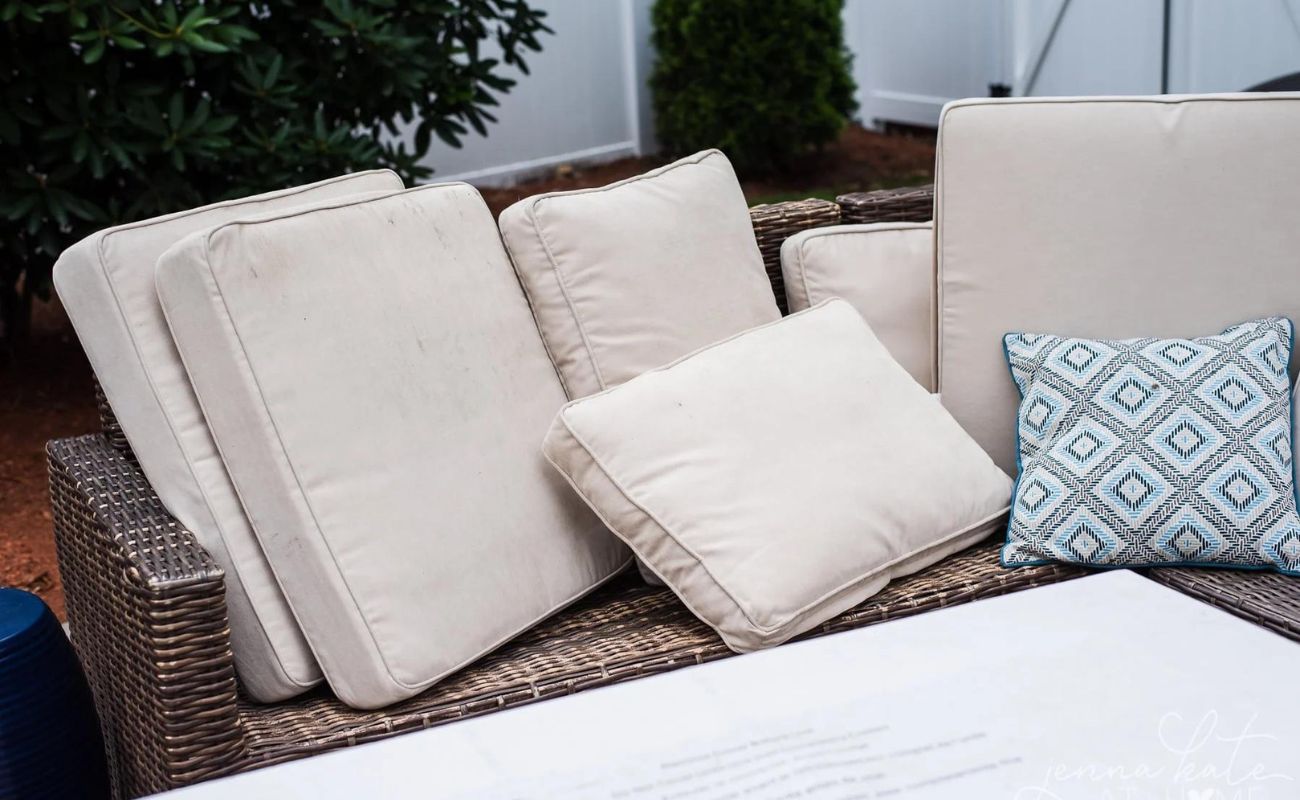
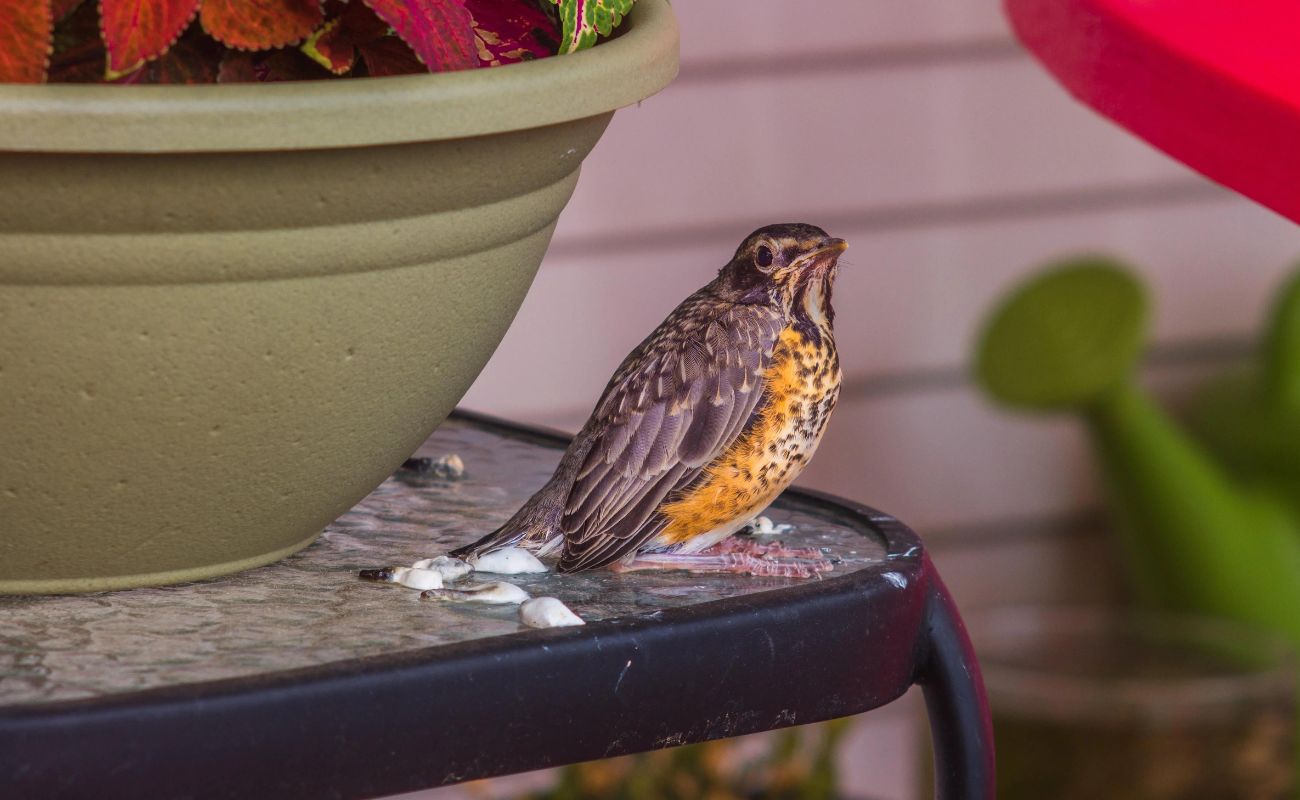
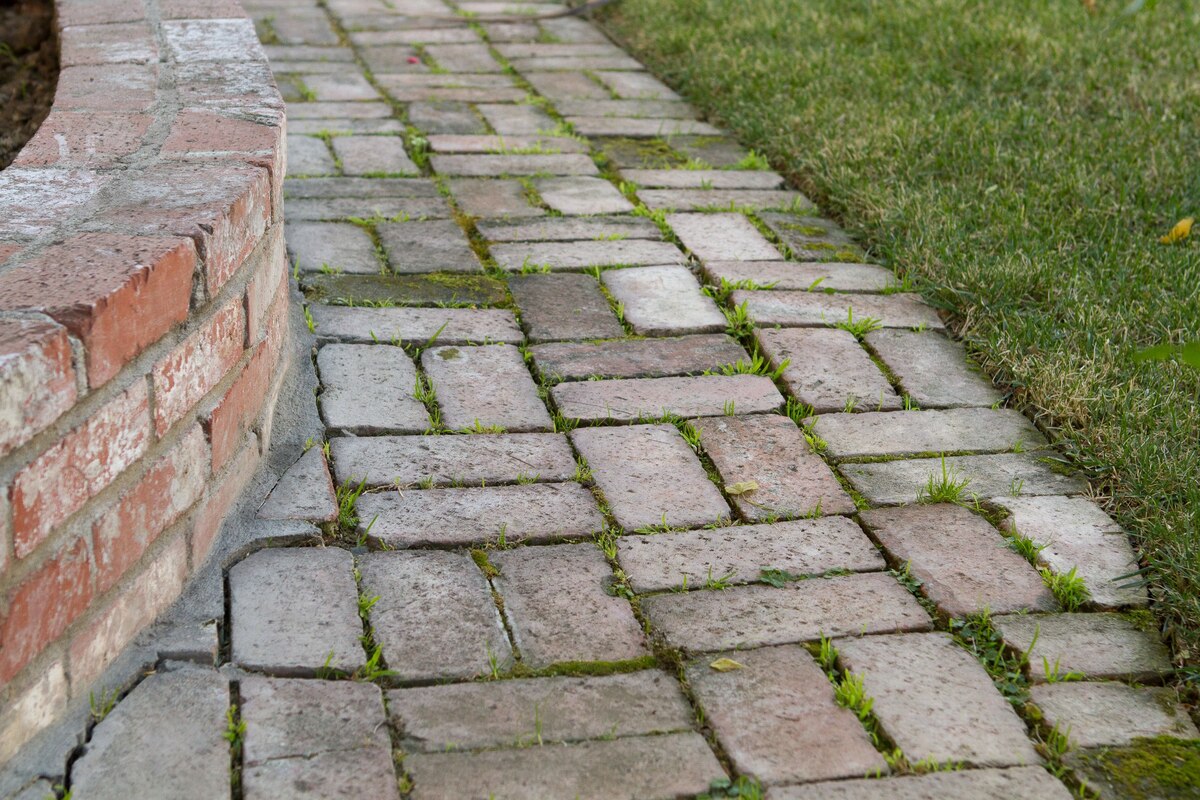
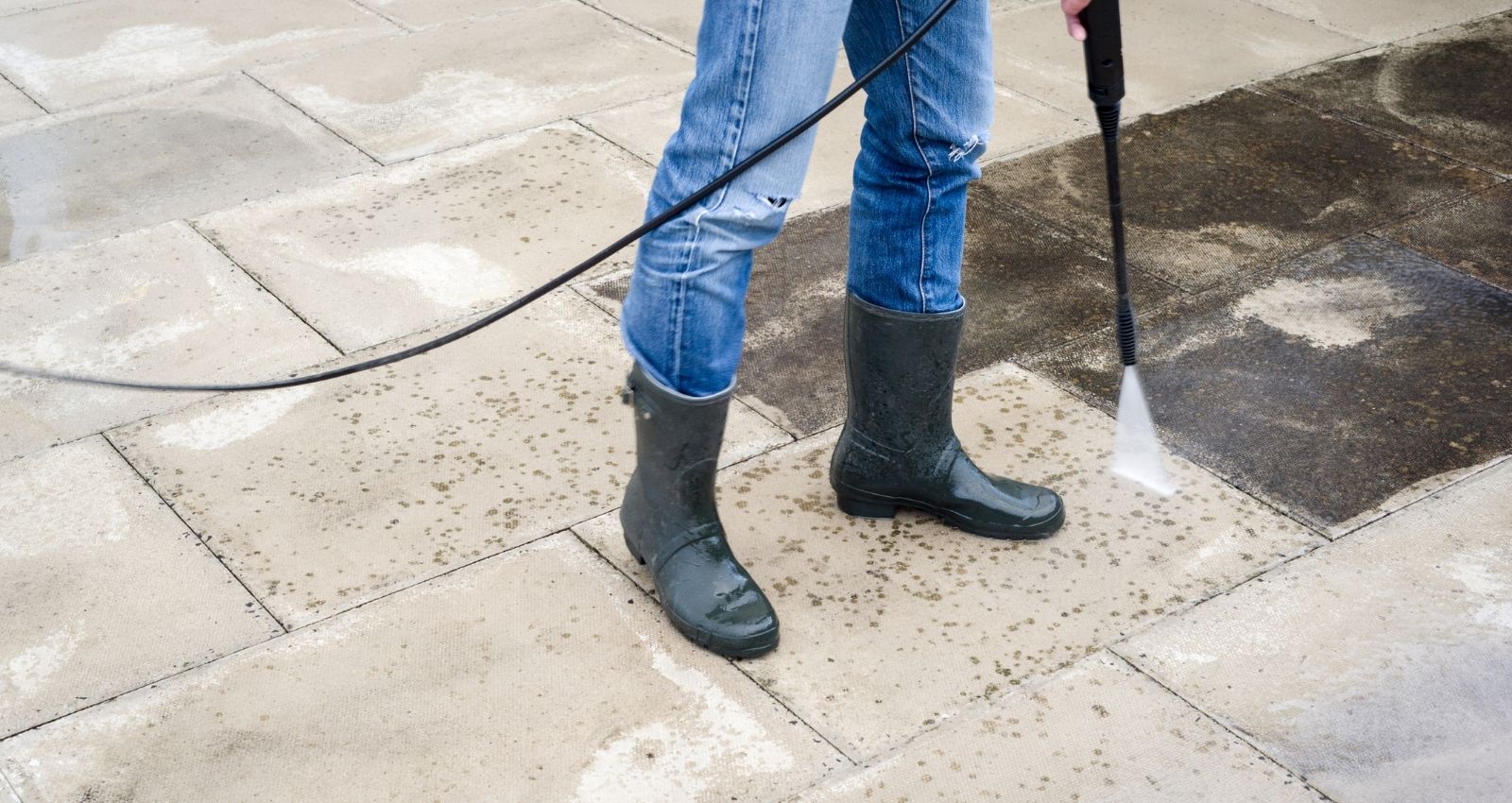
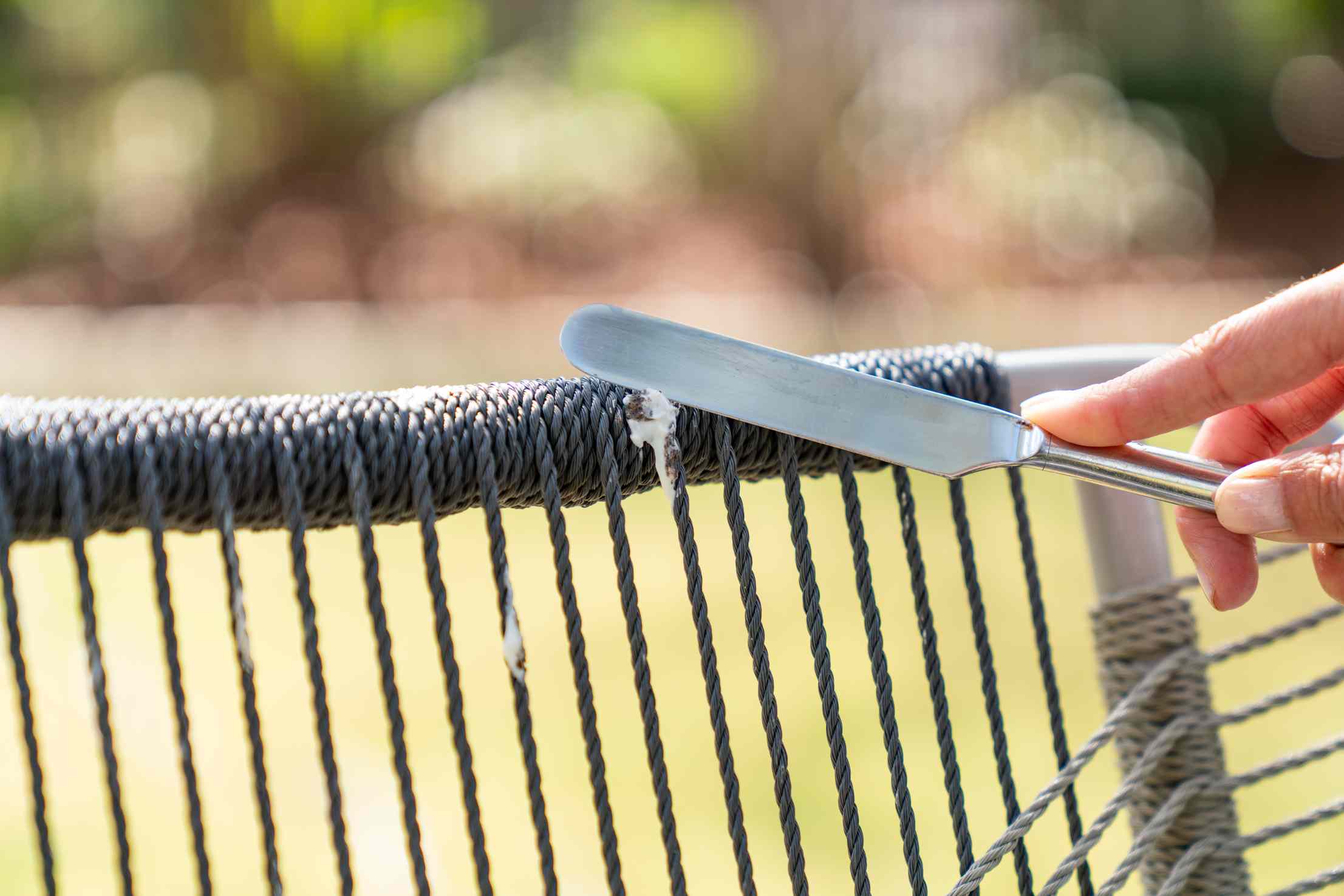
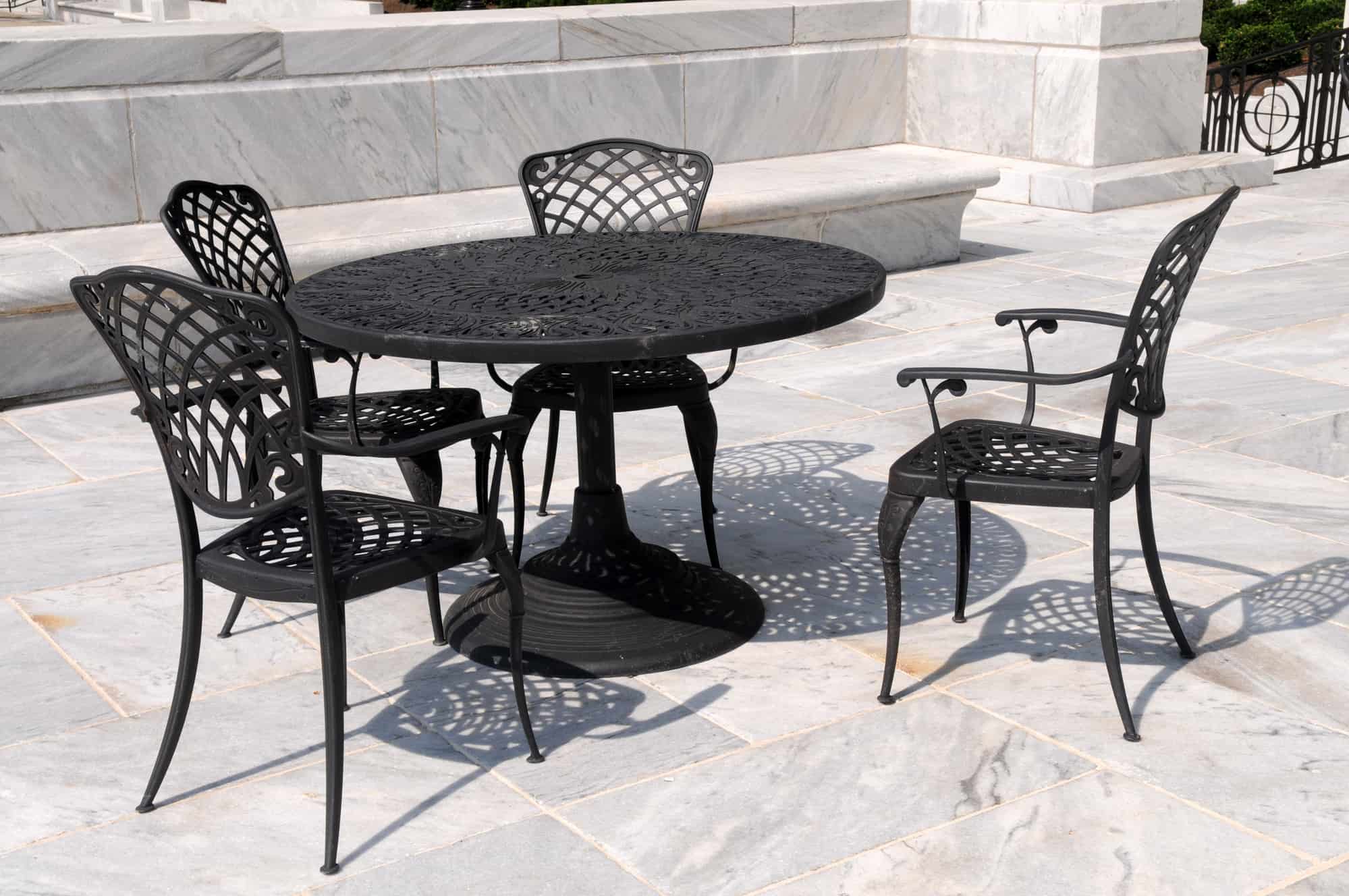
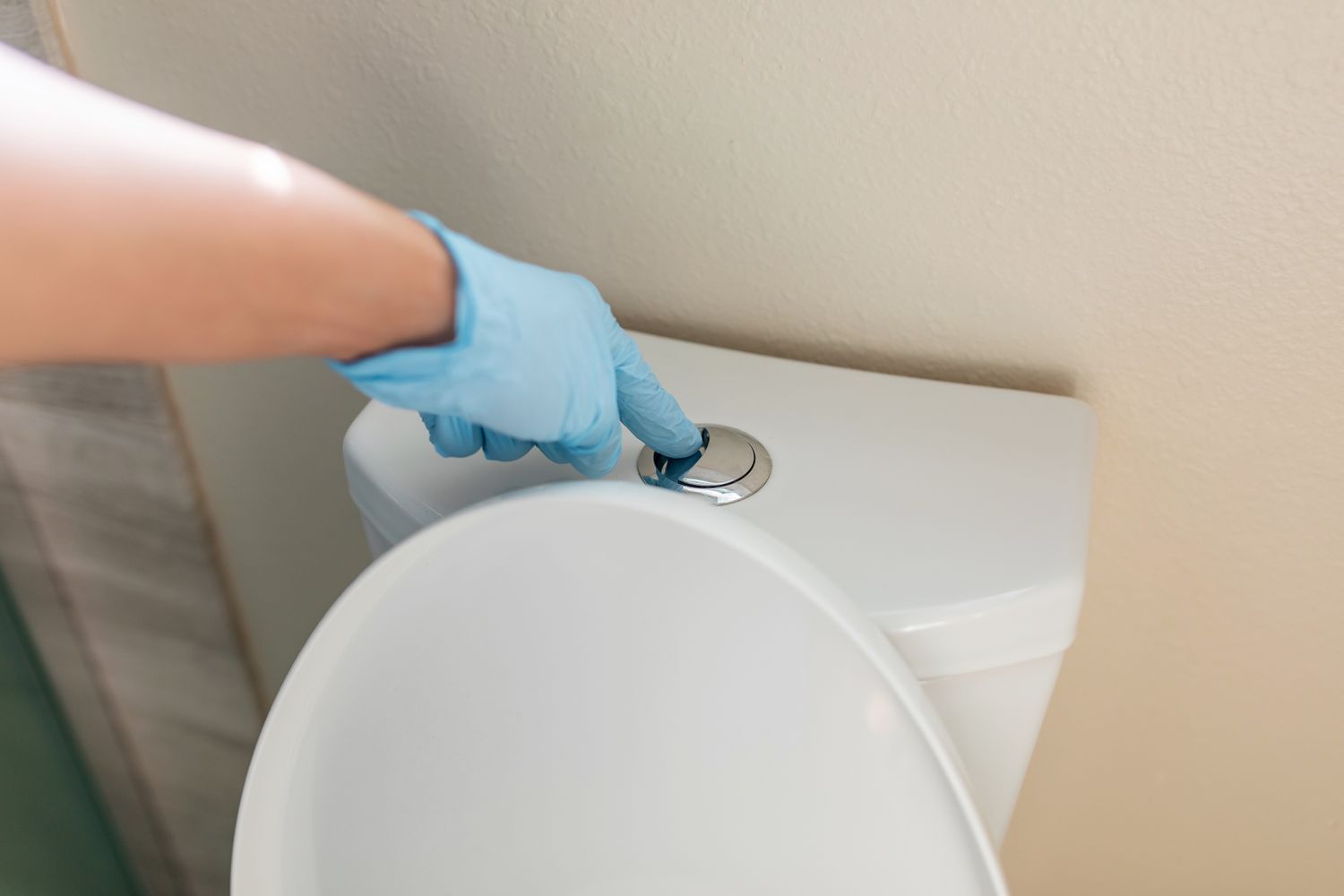
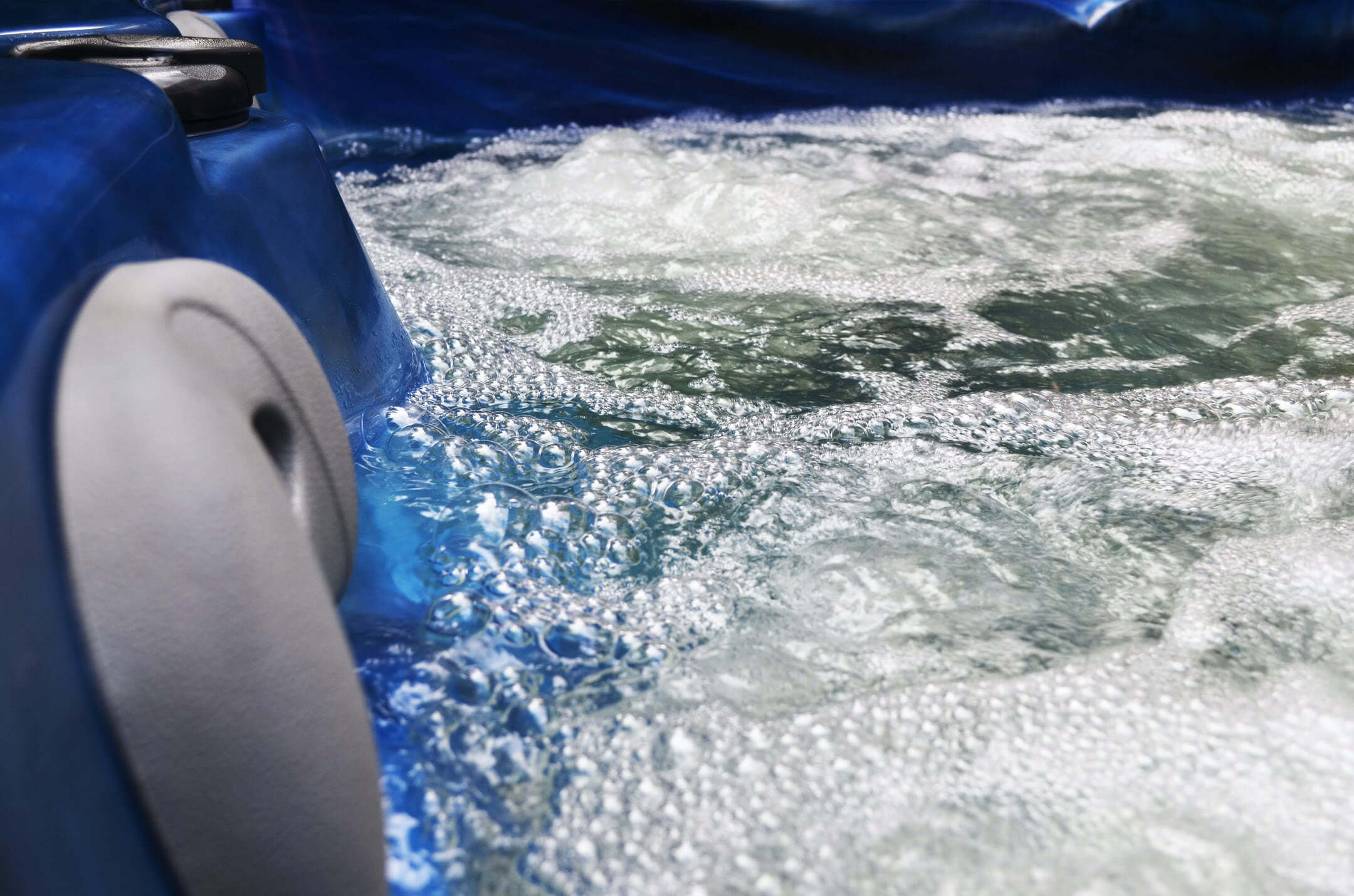
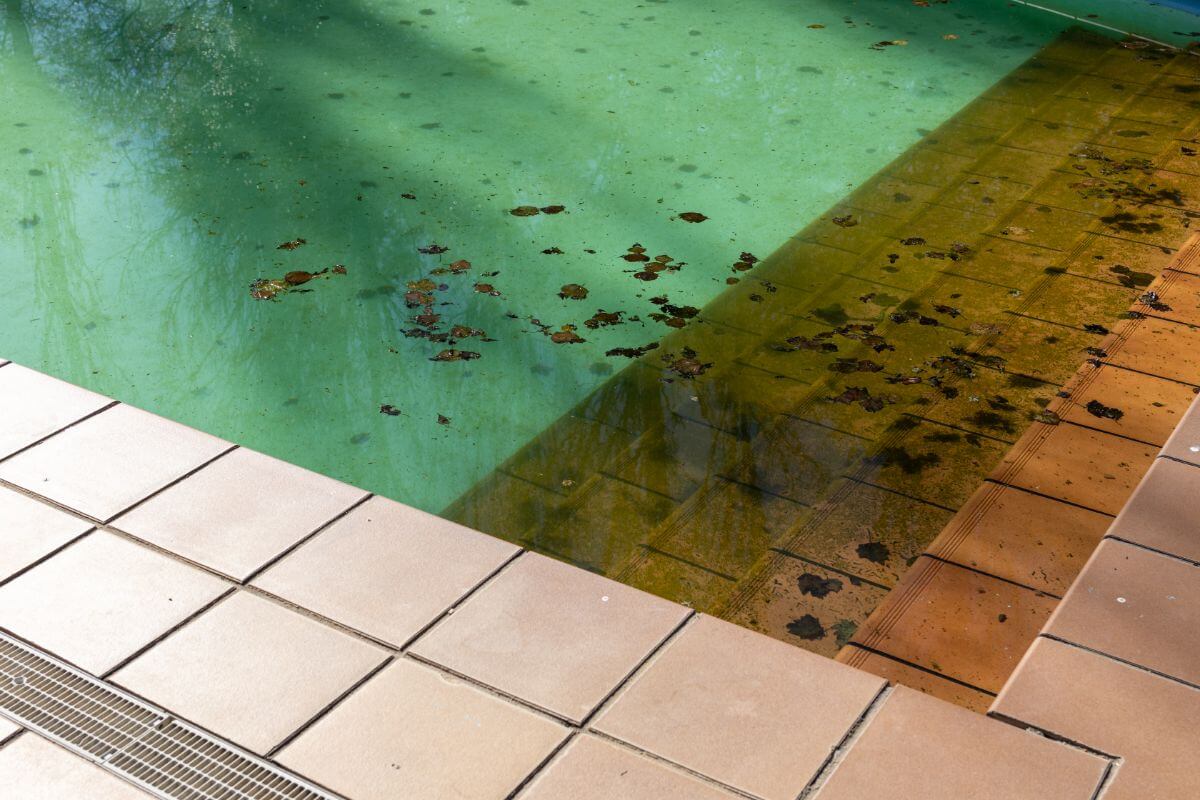

0 thoughts on “How To Get Algae Off A Patio”